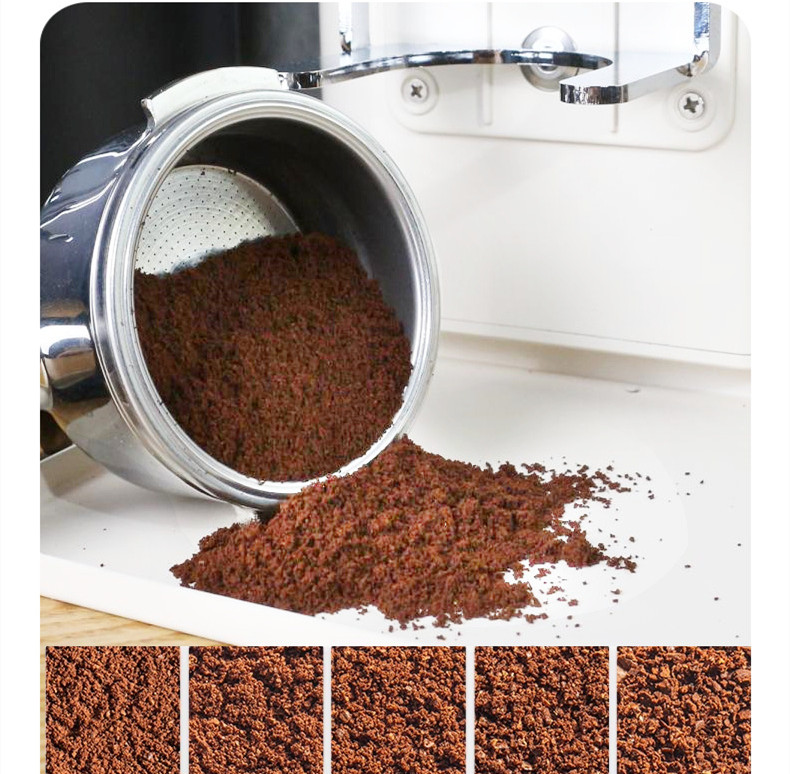Portable Coffee Grinding for Outdoor Picnics: Tips for Fresh Brews on the Go
Enjoying freshly ground coffee during a picnic elevates the experience, but using a grinder outdoors requires planning to ensure convenience, cleanliness, and consistent results. Whether you’re camping, hiking, or relaxing in a park, adapting your grinding routine to an outdoor setting involves selecting the right tools, managing environmental factors, and simplifying the process. Below, explore how to master portable coffee grinding for your next adventure.
Choosing the Right Grinder for Outdoor Use
Not all coffee grinders are built for portability. Opt for compact, lightweight models that prioritize durability and ease of use in rugged conditions.
- Manual vs. Electric Grinders: Manual grinders are ideal for outdoor settings due to their lack of reliance on electricity and their compact size. They fit easily into backpacks and operate quietly, avoiding disturbances in shared spaces. Electric grinders, while faster, require batteries or a power source, adding bulk and complexity. If you prefer electric, choose a rechargeable model with a long battery life and a protective carrying case to shield it from dust and impacts.
- Material and Build Quality: Look for grinders made from sturdy materials like stainless steel or high-grade plastic, which resist cracking and corrosion. A grinder with a removable handle (for manual models) or a foldable design saves space. Ensure the burrs or blades are securely fastened to prevent loosening during transport, which could affect grind consistency.
- Ease of Cleaning: Outdoor environments expose grinders to dirt and debris, so choose a model with minimal crevices where grounds can get stuck. Removable components, such as hoppers or catch cups, simplify rinsing with bottled water or wipes. Avoid grinders with complex mechanisms that are hard to disassemble without tools.
Preparing Beans and Grinding Setup Outdoors
Proper preparation ensures a smooth grinding process and minimizes mess in natural settings.
- Bean Storage and Portioning: Pre-measure coffee beans into small, airtight containers or resealable bags to avoid carrying the entire bag. This reduces weight and prevents spillage. For multi-day trips, divide beans into daily portions to maintain freshness. Store containers in a cool, dry spot in your bag, away from direct sunlight or heat sources like stoves.
- Grinding Surface and Stability: Find a flat, stable surface to place your grinder, such as a picnic table or a folded cloth on your lap. Uneven ground can cause the grinder to wobble, leading to inconsistent grinds or spills. If no stable surface is available, hold the grinder firmly with one hand while grinding with the other. For manual models, use your body weight to steady the base.
- Wind and Debris Management: Outdoor winds can blow coffee grounds away or introduce dirt into the grinder. Position yourself downwind of cooking areas or open flames to avoid smoke contamination. Use a lightweight cloth or paper towel to shield the grinder’s exit chute while grinding. If grinding into a portable container, close it immediately after use to prevent spills.
Adapting Grind Size for Outdoor Brewing Methods
The brewing method you choose will dictate the grind size, and outdoor limitations may require adjustments to compensate for variables like water temperature or equipment.
- French Press or Immersion Brewing: Coarse grinds work best for French presses, as they reduce sediment in the cup and withstand longer steeping times. In cold or windy conditions, water may cool faster, so aim for a slightly finer coarse grind to ensure adequate extraction despite lower temperatures. Grind beans just before brewing to preserve flavor, as exposure to air accelerates staleness.
- Pour-Over or Drip Brewing: Medium grinds suit pour-over cones or portable drippers, but outdoor setups often lack precise temperature control. To compensate, use a medium-fine grind to speed up extraction if water is lukewarm. If using a collapsible silicone dripper, ensure the grind isn’t too fine, as thin materials may allow water to flow too quickly, leading to under-extraction.
- AeroPress or Portable Espresso: These methods tolerate a range of grind sizes, from medium to fine. For AeroPress, a medium grind is versatile, while a finer grind mimics espresso-like results. In cold environments, a finer grind helps extract flavors faster when using tepid water. If using a manual espresso maker, a consistent fine grind is critical for pressure buildup, so check for uniformity by sifting out overly large particles.
Minimizing Waste and Environmental Impact
Outdoor coffee grinding should leave no trace to protect natural spaces. Adopt practices that reduce waste and avoid harming wildlife.
- Biodegradable Options: Use biodegradable coffee filters or reusable metal filters to cut down on paper waste. If using disposable cups, opt for compostable varieties or carry a reusable travel mug. Dispose of used grounds responsibly by scattering them in a wooded area away from campsites, where they can decompose naturally and enrich the soil.
- Pack-In, Pack-Out Principle: Bring a small trash bag to collect spent grounds, used filters, and any packaging. Never leave coffee-related waste behind, as it can attract animals or pollute water sources. If cleaning the grinder outdoors, wipe excess grounds onto a paper towel and pack it out rather than rinsing it into the ground.
- Eco-Friendly Grinding Alternatives: Consider grinding beans at home before leaving and storing the grounds in airtight containers. This eliminates the need for a grinder altogether, though it sacrifices some freshness. For multi-day trips, portion grounds into daily servings to avoid carrying excess weight and reduce the risk of spillage.
Mastering portable coffee grinding for outdoor picnics hinges on selecting the right equipment, preparing thoughtfully, and adapting to environmental challenges. By prioritizing compact, durable grinders, managing beans and surfaces carefully, and adjusting grind sizes for brewing conditions, you can enjoy rich, aromatic coffee anywhere. Combine these practices with eco-conscious habits to ensure your coffee ritual enhances—rather than detracts from—the beauty of nature.


